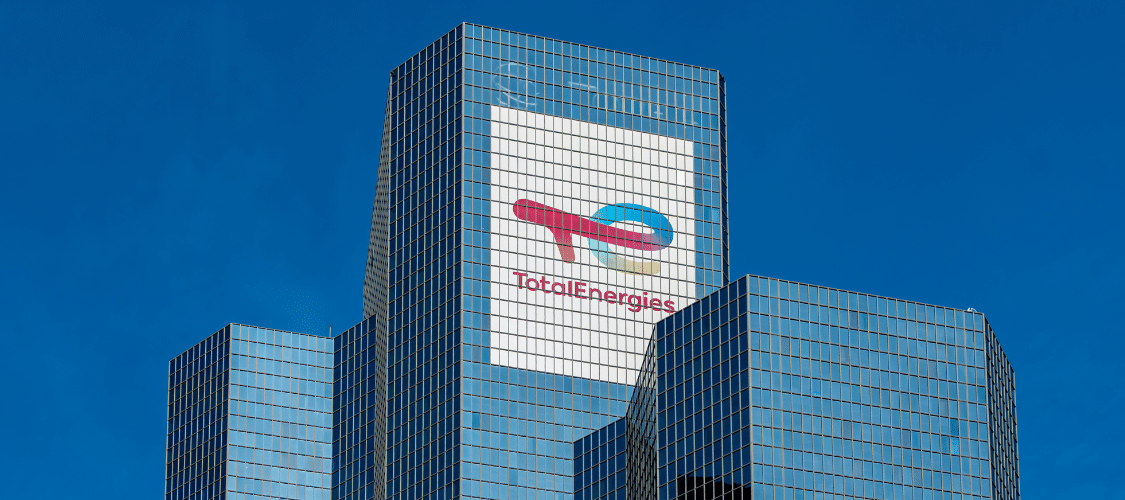After providing financial institutions with lists to restrict their financial flows to the thermal coal and oil and gas sectors, Urgewald has now published a new list: the Met Coal Exit List (MCEL). (1) The MCEL showcases 160 mining companies undertaking 252 met coal expansion projects across 18 countries. These new projects are at odds with climate imperatives, as decarbonizing the steel sector demands ending its reliance on coal. Yet, financial institutions are falling short in taking meaningful action on met coal. The MCEL leaves them with no excuses to delay the adoption of robust met coal policies: they must use this list to exclude financing for met coal developers.
Met coal, short for metallurgical coal, refers to different types of coal – including coking coal, but also thermal grades of coal – used in metallurgical processes, particularly in steelmaking. (2) Due to this reliance on coal, the steel industry is responsible for 11% of global CO2 emissions. (3) While still vastly overlooked by financial institutions, the steel sector accounts for 14% of total global coal consumption. (4)
Decarbonizing the steel sector is key to limiting global warming to 1.5°C. This involves relegating the use of met coal to the past and shifting to cleaner ways of production. The first step to achieve this is to put an end to met coal expansion. The International Energy Agency (IEA) indicates that existing sources of production are sufficient to cover coking coal demand through to 2050, (5) and studies show that the steel sector can become coal-free in the early 2040s. (6) Still, the MCEL sheds light on the many companies, including coal giants like the BHP Mitsubishi Coal Alliance (BMA) and Glencore, going in the wrong direction with their expansion projects.
Met coal expansion is booming with the support of major banks…
There are currently over 250 planned projects to expand existing met coal mines or to open new ones across the world, a large number of which are located in Australia, China and Russia. If these projects go forward, they would increase global met coal production by 50%, adding 551 million metric tons annually. This is especially problematic considering that emissions from met coal are estimated to be nearly three times higher than thermal coal emissions due to a higher methane intensity of met coal mines on average. (7)
Financial institutions should pay closer attention to the activities and strategies of companies in their portfolio that are going in the wrong direction by planning to develop new met coal capacity. This includes thermal coal giants that are now turning to met coal:
- the BHP Mitsubishi Alliance, which is planning to expand the Peak Downs mine in Australia so it could continue operating until the year 2116. (8) BHP has clearly no plan to bring its met coal production down and tries to make its financiers believe that met coal is needed to decarbonise the steel sector. (9) Financiers thus continue to grant these companies unrestricted support. For instance Barclays, BNP Paribas, Santander and Bank of America, were among the bookrunners of a US$1 billion bond issued by BHP in 2023.
- Glencore, one of the biggest publicly traded coal miners, bought the met coal segment of Canadian company Teck Resources in 2023 in a move to become a key met coal player. (10) Like its peers, Glencore is also pushing the false narrative that met coal is needed for the steel transition. (11) Between 2016 and June 2023, banks, including Dutch bank ING, French banks Crédit Agricole and Société Générale, and Swiss bank UBS, have provided US$122,923 million to Glencore.
… because of insufficient coal policies
If these companies can expand their met coal capacity, it’s thanks to the support of major banks, who have provided US$557 billion to companies involved in met coal expansion between 2016 and June 2023. If financial institutions can freely finance met coal developers, it’s because they have so far ignored it in their coal policies. Indeed, while 183 financial institutions listed in our Coal Policy Tracker have adopted commitments on thermal coal, only 16 financial institutions have adopted commitments covering both thermal and met coal. (12)
Furthermore, even existing commitments are highly insufficient to meaningfully halt met coal expansion: out of the 11 banks with met coal commitments, only three – Lloyds Banking Group, Société Générale, Macquarie – restrict financing both at the project and at the corporate level. However, these restrictions are heavily flawed, since they either only apply to new clients or to lending activities.
Despite being among the first to adopt policies on met coal, banks like ING, BNP Paribas, Crédit Agricole and HSBC, their commitments merely restrict financing for new projects, rather than the companies responsible for these projects. Yet, our research finds that only 1.4% of bank financing received by met coal developers takes the form of direct project financing. This means that in order to truly have an impact, existing met coal commitments must be broadened to exclude financing for all companies responsible for met coal expansion. The MCEL reveals the extent of the issue, and highlights the urgency with which action must be taken.
Coal is coal, it needs to be phased out regardless of its end use. As long as financial institutions keep ignoring met coal, their coal commitments will be incomplete. Now that the Met Coal Exit List is published, they no longer have excuses to delay the adoption of exclusion policies to halt met coal expansion. If banks like BNP Paribas, Crédit Agricole, ING and HSBC want their commitments to be truly impactful, they must immediately commit to no longer finance any of the companies listed on the MCEL.



